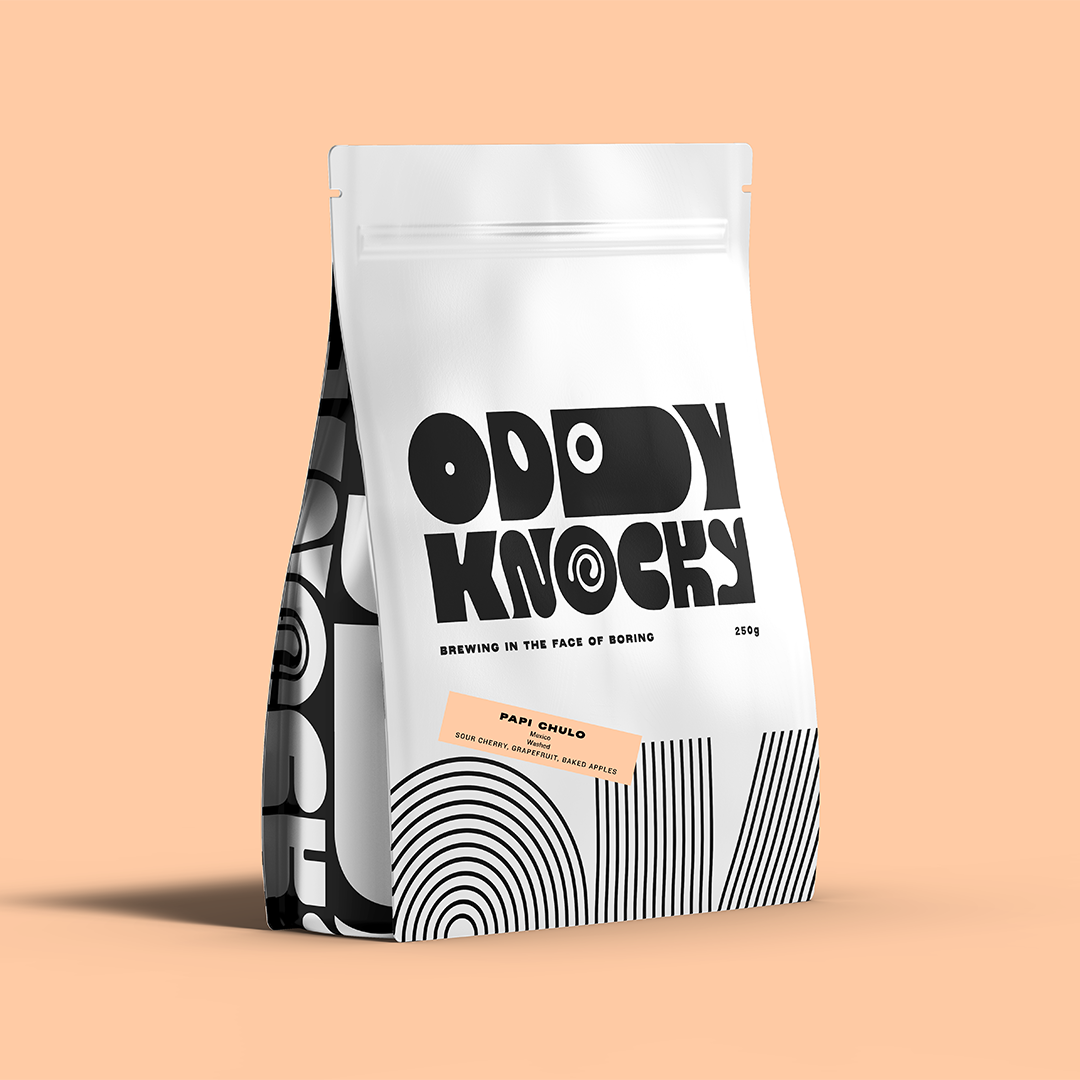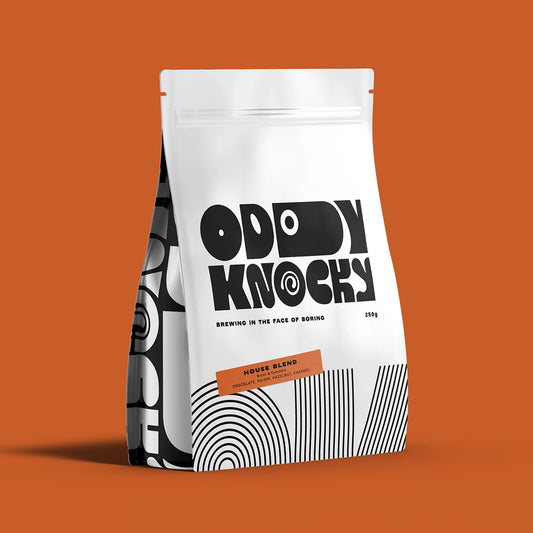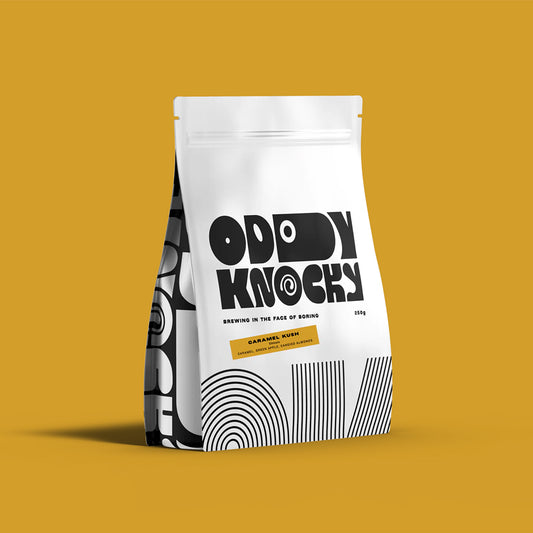Papi Chulo
Papi Chulo
Tasting notes:SOUR CHERRY, BAKED APPLES, GRAPEFRUIT
-
Roast
Couldn't load pickup availability



Origin - Mexico
Region - La Mazateca, Sierra Flores de Magón, Oaxaca
Producer - Mazatec Community
Process - Washed
Altitude - 1600 - 1900 m.a.s.l
Varietal - Typica and Bourbon
Coffee Info
Sourced from the highest elevations of La Mazateca, the Huehuentones coffee embodies the unique terroir of this remote and biodiverse region of Oaxaca, Mexico. Coffee farms here sit at 1,600 to 1,900 meters above sea level, where the cooler climate delays the harvest season to February-April, significantly later than most Mexican coffee-producing areas.
This extended ripening period allows the coffee cherries to develop deeper sweetness, floral aromatics, and complex flavour profiles. The regions high altitude has also provided a natural defense against coffee leaf rust, preserving its historic Typica variety is a rarity in the Americas due to its susceptibility to the disease.
Farming in La Mazateca remains deeply traditional and low-intervention, with many coffee trees standing 2 to 3 meters tall and some over 40 years old, untouched by renewal programs. Cultivated within agroforestry systems, these coffee plants thrive under the shade of native timber and fruit trees, often coexisting with the traditional milpa system (a sustainable intercropping method). This environment enriches the soil, enhances biodiversity, and provides resilience against climate change.
Unlike industrialised coffee production, farmers here typically own just 1 hectare of land, producing only 2 to 3 bags per hectare, a stark contrast to higher-yielding regions like Colombia, where output can reach 20 to 25 bags per hectare. This results in extremely limited, high-quality lots that highlight the dedication and skill of the producers.
Process Info
Farmers in this region process their coffee up to the dry parchment stage.
Step 1: Cherries are harvested and left to rest overnight. Sometimes, they are floated in plastic containers filled with water, and a sieve is used to filter out lower-density (defective) cherries.
Step 2: The next step is pulping, which is usually done manually. The pulped beans are then dry-fermented in wooden tanks for 24 to 72 hours, depending on the cool climate and cold nights. This extended fermentation likely enhances the coffee’s flavours and qualities.
Step 3: The coffee is then sun-dried on patios, often on the rooftops of houses.
Step 4: Once the coffee has reached its ideal moisture level. The coffee is packed ready for export.
Espresso: 1:2 coffee to water, water temperature 91°C, extracted in 28 – 32 seconds
Pour over: 1:16 coffee to water, water temperature 89°C, pour in stages, brew time 2:30-3:00 mins
French press: 60-65g coffee per litre of water, water temperature 91°C, brewed for 3-4 mins
Aeropress: 16g coffee, water 250g, water temperature 91°C, brewed for 1:30-2 mins, press time around 45 sec
Stove top: 18g Coffee - 200g water - 94 degrees - grind size extra fine - brew time 5.5 minutes
No reviews available.
Rated 5* on
"By far the best coffee I have ever had and I've tried a fair few. you could tell that coffee is something he is passionate about."
"Love the House Blend - great way to start the day."
"Some of the best coffee I’ve had in the last few years for sure, bursting with flavour! The owner is a legend as well, 👌🏼"
You might also like this
Rated 5* On
All Coffee
Rated 5* On

PAIRS WELL WITH INDEPENDENT THOUGHT
We pour our own path with a promise to brew in the face of boring.
You know that warm feeling of enjoying the little things in life? We've bagged that up so you can have it whenever you need.























